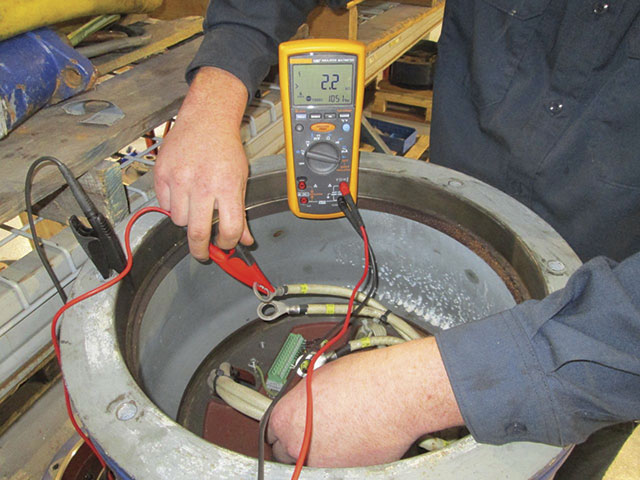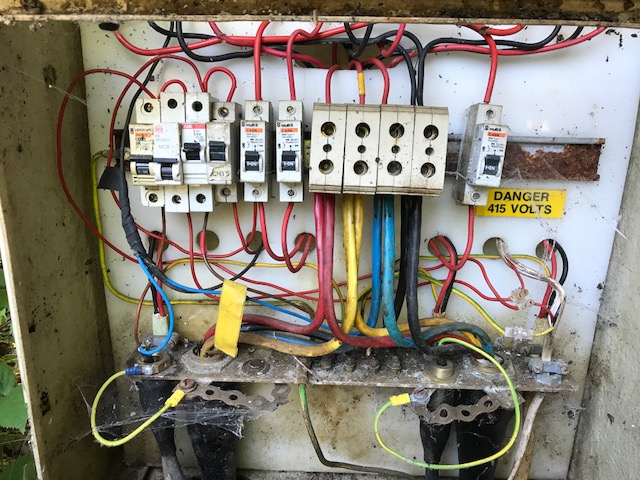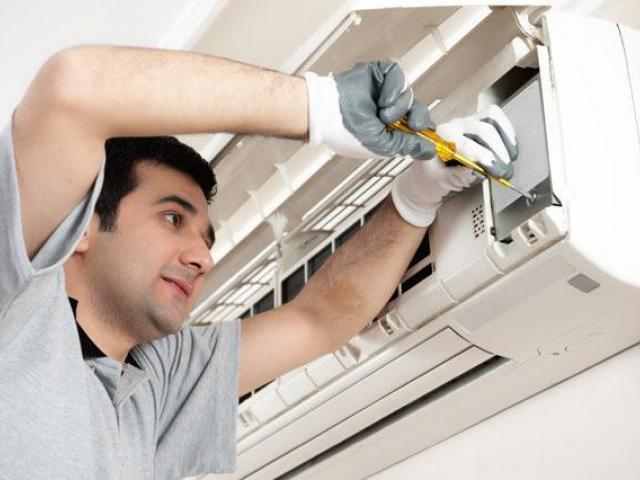Electrical work is an essential aspect of modern living, yet it remains shrouded in myths and misconceptions that can lead to misunderstandings and, more importantly, safety hazards. In this comprehensive guide, we will debunk some of the most common myths surrounding electrical work, providing readers with accurate information to enhance their understanding and ensure a safer living environment.
Myth 1: Electrical Work Is Only for Professionals
Reality Check:
While it’s true that complex electrical tasks should be left to licensed professionals, there are several simple electrical repairs and installations that homeowners can handle safely. Basic tasks like changing a light switch or installing a ceiling fan are well within the capabilities of many individuals. However, it’s crucial to know one’s limits and always prioritize safety.
Myth 2: All Wires are the Same
Reality Check:
One of the prevailing myths is that all electrical wires are interchangeable. In reality, wires come in various sizes, materials, and insulation types, each serving a specific purpose. Mismatching wires can lead to overheating, fires, and other hazardous situations. Understanding the basics of wire selection is crucial for anyone attempting DIY electrical work.
Myth 3: Turning off the Switch Is Enough
Reality Check:
Simply flipping the switch off does not guarantee safety when working with electricity. Many appliances and devices still draw a small amount of power even when turned off. To ensure complete safety, it’s essential to turn off the circuit breaker or disconnect the power source entirely before starting any electrical work.
Myth 4: Rubber Gloves Ensure Complete Safety
Reality Check:
While rubber gloves can provide some protection against electric shock, they are not foolproof. The misconception that wearing rubber gloves makes one invincible to electrical hazards can lead to complacency. It’s crucial to follow proper safety protocols, such as de-energizing circuits, using insulated tools, and wearing appropriate personal protective equipment.

Myth 5: DIY Repairs Void Home Insurance
Reality Check:
Many homeowners fear that attempting DIY electrical repairs will void their home insurance. In truth, insurance providers generally focus on the quality and safety of the work rather than who performed it. However, it’s advisable to consult with the insurance company and adhere to local building codes to ensure compliance and coverage.
Myth 6: You Can Always Tell If a Wire Is Live
Reality Check:
Assuming you can visually identify a live wire is a dangerous misconception. Modern wiring systems often use color-coding, but this is not foolproof. Testing wires with a voltage tester before handling them is the only reliable way to determine if they are live. Relying on visual cues alone can lead to severe injuries or fatalities.
Conclusion
Dispelling these common myths about electrical work is crucial for promoting safety and empowering individuals to make informed decisions. While some tasks are best left to professionals, having a basic understanding of electrical systems can help homeowners avoid unnecessary risks. Remember, safety should always be the top priority when working with electricity. If you are seeking a source of inspiration and guidance, visit bakerbrothersplumbing.com/electrician/ceiling-fan-installation/ for further info.




